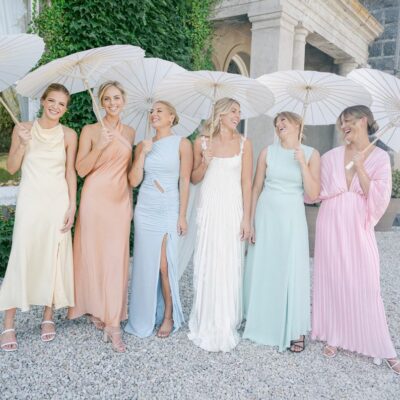 What modern wedding traditions are couples ditching?
What modern wedding traditions are couples ditching?
Wedding expenses – who pays for what?
Wedding expenses can be a bit of an awkward conversation. After the excitement of the engagement has settled, it’s time to look to budget and wedding expenses.
Traditionally, the bride’s family paid for the wedding — and other parties only covered specific costs. Fast forward to today, and that model is largely outdated. Modern couples are rewriting the rules, with expenses often shared between partners, families, or even covered entirely by the couple themselves.
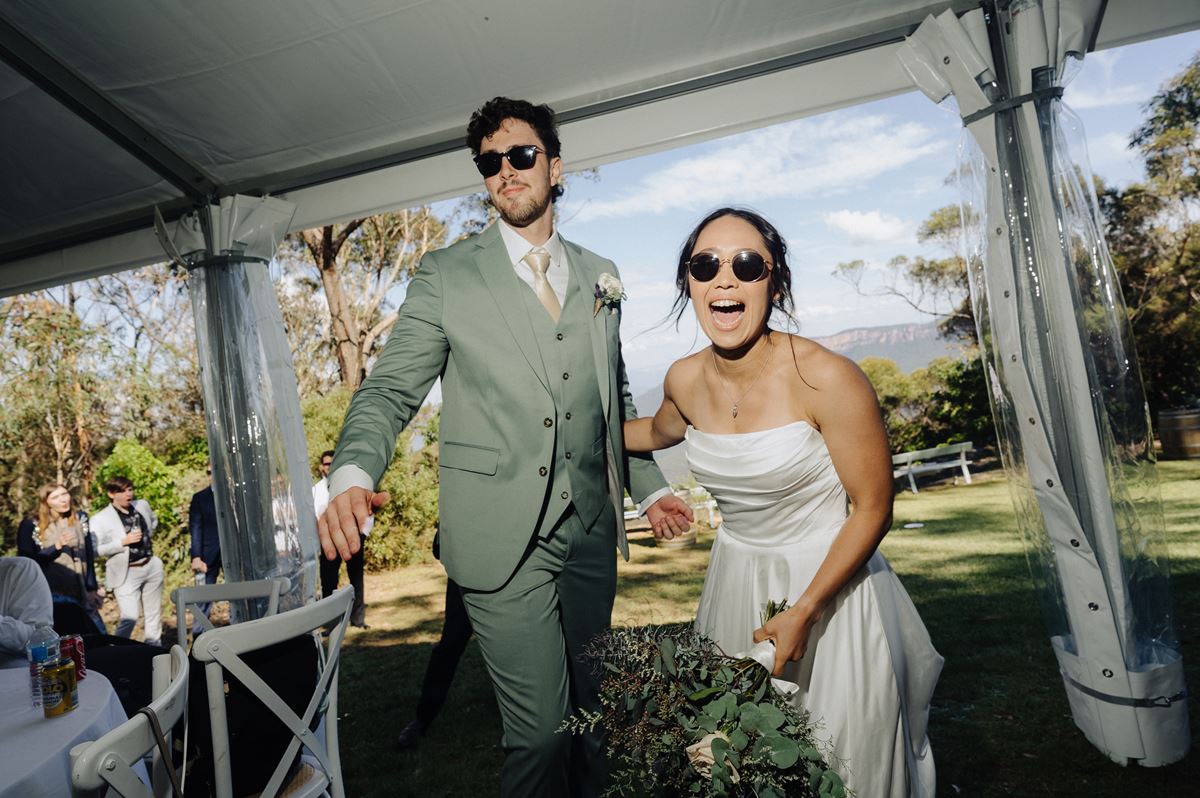
Who picks up the bill? We explore! Source: Fable Films.
The modern approach: Flexibility
There are no hard and fast rules anymore for who should be picking up the wedding expenses bill. No one should be expected to contribute more than they can afford. Your wedding should be a joyful milestone, not a financial burden for anyone involved.
Who typically pays?
The couple:
This comes down to a few factors: how old is the couple? Is it their first marriage? What can they afford? It’s increasingly common for couples — particularly those marrying later in life or for a second time — to cover most or all wedding costs themselves.
Both families:
When parents wish to contribute, expenses are often shared. This can be done in many ways:
- Splitting the total bill evenly between families
- Each family covering specific costs (e.g., catering, flowers, photography)
- Contributions based on what each family can comfortably afford
A shared effort:
Many modern weddings see couples and families pooling resources together. There’s no strict formula — it’s about open, honest communication.

Wedding expenses can fall on a few different people now days. Source: Weddings and Events by Bethany Cook.
The old tradition, and how it’s changed:
Historically, the bride’s family covered most costs — from the dress to the reception — while the groom’s side contributed to elements like rings, officiant fees, and the honeymoon. Bridesmaids and groomsmen covered their own attire and contributed to gifts.
But with more couples co-funding their celebrations, same-sex marriages, and changing expectations, this structure is no longer the standard.
A more common (and modern) breakdown:
It’s very important to note that there is no single formula, so asking your friends and family could be difficult because every couple’s financial situation is unique to them.
The following aren’t strict rules. They’re simply what most modern weddings tend to include, and they can be adapted based on your family’s circumstances, culture, and preferences.
The couple
Most modern couples take on the bulk of the wedding costs, especially if they’re older, financially independent, or planning without significant family contributions.
This often includes the big-ticket items and the essentials that shape the day:
- Venue hire and catering
- Photographer/videographer
- Entertainment
- Wedding attire for each partner
- Stationery and signage
- Wedding rings
- Honeymoon (sometimes, or at least a contribution toward it)
For couples with a bride and a groom, the responsibility looks like this.
Bride
Traditionally, the bride might cover their own beauty and personal accessories, and often gift their partner something meaningful ahead of the wedding day. In many cases, they may also choose to support their bridal party’s preparations that could include
- Hair and makeup (for themselves and often their bridal party)
- Gift for the groom/partner
- Personal accessories (jewellery, shoes, veil)
- Nails are more contentious and could be with either party.
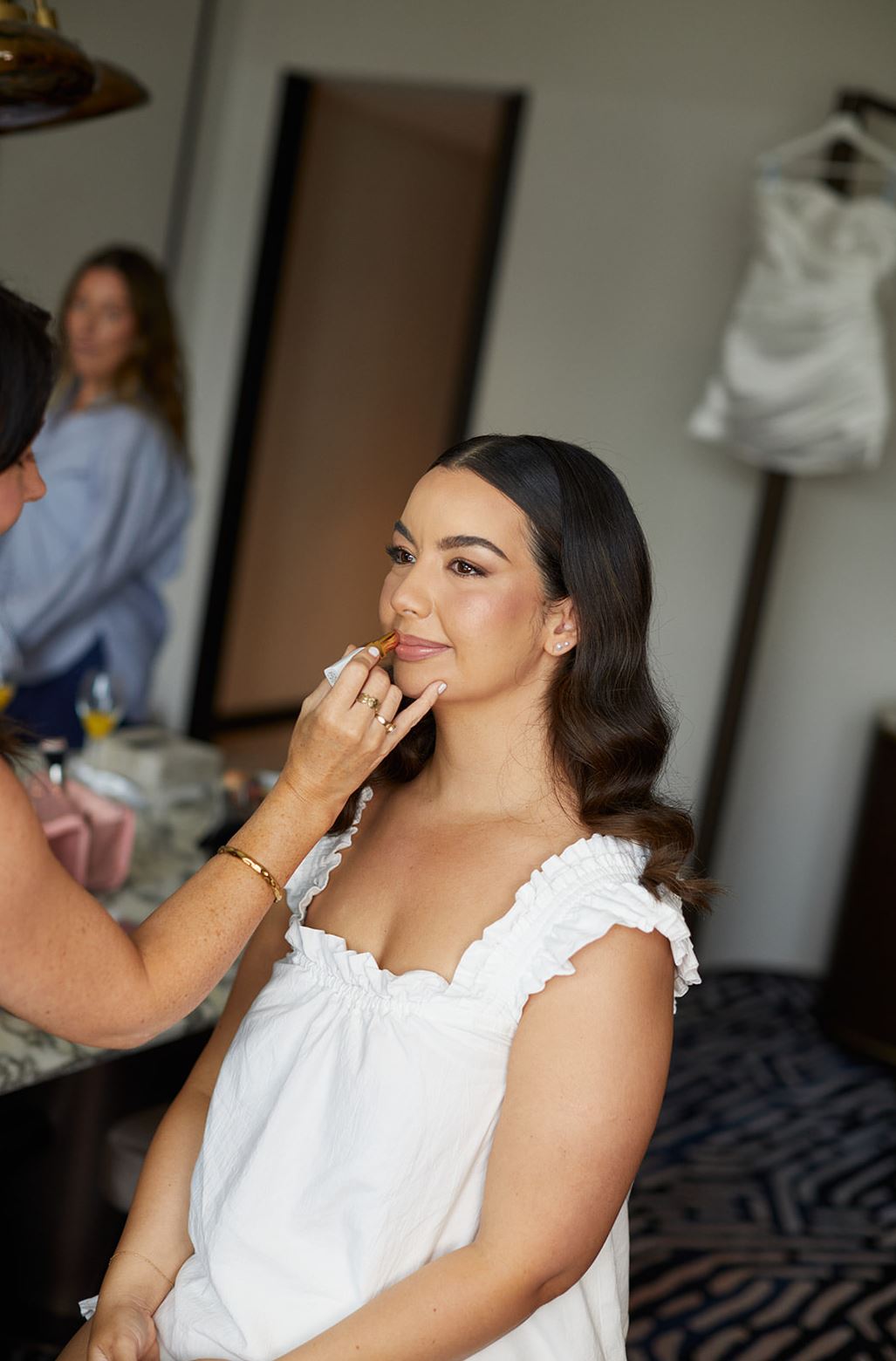
Beauty services could be covered by the bride. Source: Airlie & Co.
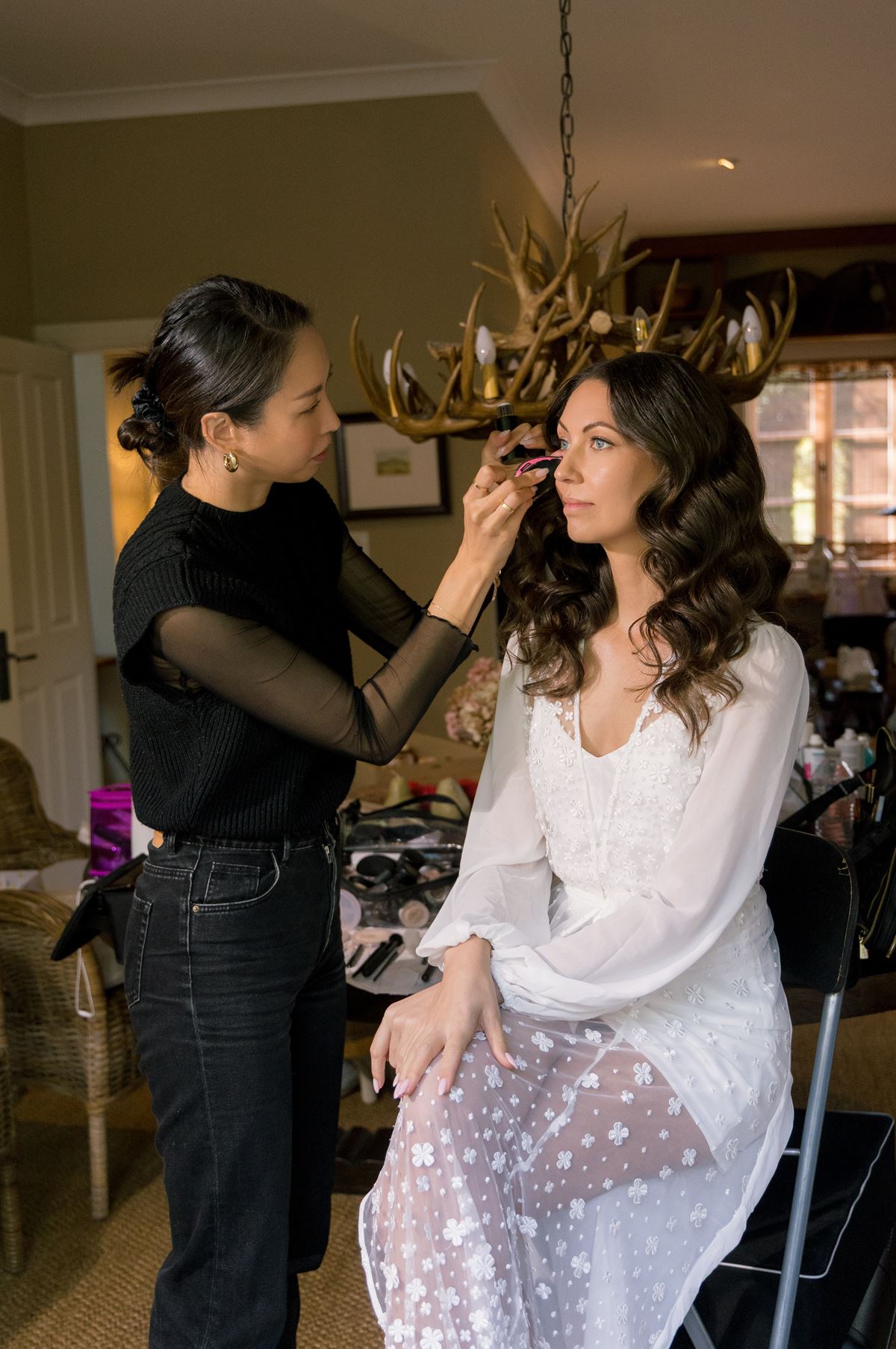
Beauty services could be covered by the bride. Source: Airlie & Co.
Groom
Grooms tend to cover gestures of thanks for their bridal party and partner, along with a few small but meaningful wedding-day essentials:
- Gift for the bride/partner
- Groomsmen gifts
- Boutonnieres
- Ties or accessories for groomsmen (optional)
Bridesmaids
Bridesmaids usually fund their own attire and accessories unless the couple has chosen to cover it as a gift. They also commonly contribute to pre-wedding celebrations and gifts:
- Their own dresses and shoes (unless otherwise agreed)
- Contribution to a group gift for the couple
- Hens party contributions
Groomsmen
Groomsmen’s expenses are similar to bridesmaids — covering their outfits, group gifting, and often helping organise pre-wedding festivities:
- Suit or attire hire/purchase
- Contribution to a group gift for the couple
- Bucks party contributions
The best advice?
Talk early!
Have a candid conversation with everyone involved in the early planning stages. Set expectations around contributions, decide who’s paying for what, and create a budget that feels fair and sustainable for all.
Your wedding is about celebrating love — not about who foots the bill.
Sign up for Easy Weddings, it’s free and has a budget calculator!
 How to plan a destination wedding
How to plan a destination wedding 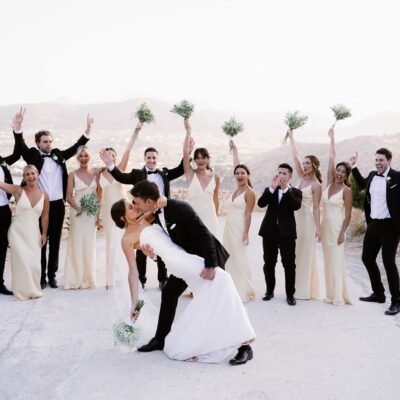 Hidden wedding costs: Budgeting for the unexpected
Hidden wedding costs: Budgeting for the unexpected